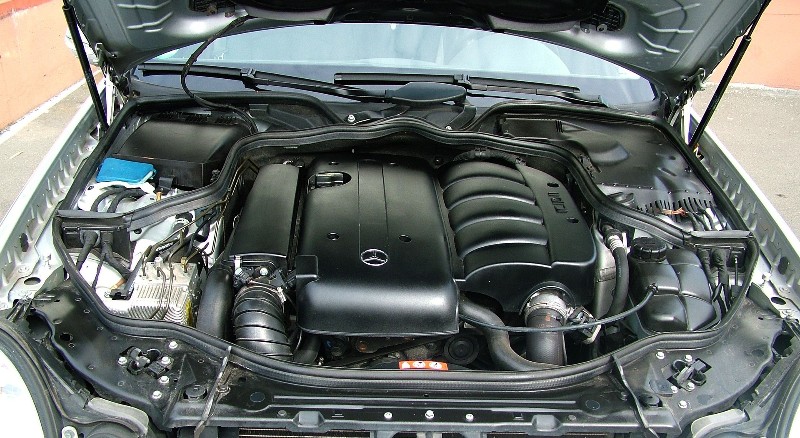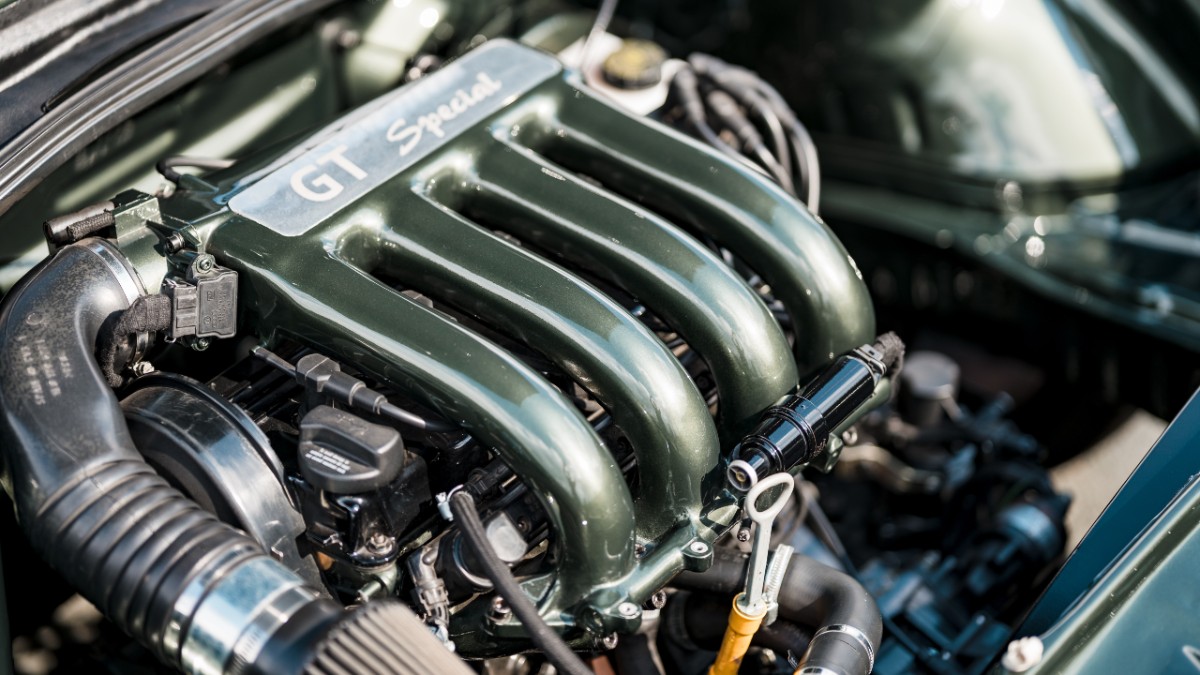As a car enthusiast, one of the things you should know about is a car’s combustion process which generates the power a vehicle needs to operate. One of the most important parts of the combustion system is the intake runner. In this article, you’ll learn about the intake runner and how its length may affect the functioning of the car.
The intake runners are pipes that deliver air to the combustion cylinders. The length of the runners affects the rpm range that the engine will generate the most power.
There are benefits to a car having short or long runners. However, modern cars are increasingly being equipped with variable manifold systems that can vary the length of the intake runners based on engine speeds. And this means the engine can generate significant power across a wide range of RPMs. Don’t worry. It’s not all making sense yet. Below, you’ll find an easy explanation of how the intake manifold system of an automobile works.
Understanding The Intake Manifold System
To have a good understanding of the intake runners, you need to have an idea of the intake manifold system, which is the part of the engine that’s designed to supply air to the combustion cylinders. Air, specifically oxygen, is required for the combustion process. And the intake manifold is the component that ensures air is delivered to the combustion cylinders.
There are two important components of the intake manifold, and these are the intake manifold plenum and runners. The plenum functions as a reservoir, holding the air that enters the manifold system before distributing it to the runners.
The runners are the other components of the manifold system, and their function is to deliver air to the head of each cylinder. More information on the intake runners will be provided later.
The Intake Manifold Runners
By now, you should have a better idea of how the manifold system of a car works. As mentioned earlier, the function of the manifold runner is to deliver air to the head of each cylinder. Sometimes, fuel injectors can also be found in the intake runners. This is usually found in fuel-injected engines, like that of a motor vehicle, where the fuel is injected before the air enters the intake port.
The size of the intake manifold runners has a significant effect on the performance of an engine. More information on this is below.
Why The Size Of An Intake Manifold Runner Matters
The length, volume, and shape of the intake runners are significant when it comes to power output. These parameters also determine where the rpm range where the engine will generate the most power.
Manifold runners have intake valves that control the intake of air into the cylinder. When the valves close, air pressure passing through the runner to the engine will bounce off the bead of the valves. This makes the airwaves shoot back up and come now in a cycle that’s referred to as a “harmonic.” If the intake valves are opened at the right time, i.e., when the airwaves are coming back down, they can enter the engine with increased pressure, especially if the runners are long.
This means a supercharging effect will be observed. For long runners, this supercharging effect occurs at low rpm, while the same effect will happen at high rpm for short runners.

Variable Length Intake Manifold
From all we’ve discussed above, it’s obvious that the length of the intake runner has an effect on power output. Depending on whether your intake runner is long or short, you’ll get the supercharging effect discussed above and, thus, a performance boost over a narrow RPM range.
However, it’s possible to get a performance boost over a wider rpm range by varying the length of the intake runner. This is possible thanks to variable length intake manifolds that vary the length of the manifold system depending on the speed you are traveling at. Some variable length manifold systems also vary the width of the intake runners.
Longer runners are more suitable at lower RPMs as it’ll take the airwaves more time to bounce up and come back down. It’s even better if the runners are also narrow at lower rpm as the pressure of the airwaves increases and the supercharging effect is multiplied, which brings about better combustion and more power. At higher RPMs, it’s more beneficial to have shorter runners as the air is already traveling faster and doesn’t need to travel far.
Some car models have variable intake length manifold design that comes with butterfly valves. These valves open and close depending on the engine speed. At high RPMs, the butterfly valves will open to direct air through a shorter, more direct route to increasing engine power. On the other hand, the butterfly valves open at lower RPMs to direct air through longer and narrow routes.
Common Intake Manifold Control Problems
Most problems with the intake manifold system are usually due to issues with the control system. Modern manifold systems come with a control system that controls the opening and closing of the butterfly valves discussed above. When this control system fails, there will be a problem with engine performance.
Below are common signs of a failing or bad intake manifold system:
Difficulty Starting The Engine
A failing intake manifold control system can make it more difficult to start the engine. This is because the control system affects the positioning of the butterfly valves. These valves need to be properly positioned for the engine to start. And if this is not the case, then the engine may require more cranks than normal to start. You will notice this when you need more turns of the key to start your car.
Reduced Power, Acceleration, And Fuel Economy
If your car has problems accelerating or isn’t accelerating as smoothly or quickly as it used to, then there might be a problem with the manifold control system. When this happens, you’ll also notice a reduction in the fuel economy of your car.
When you notice any of this happening, it’s recommended you have a mechanic inspect your car. The problems can be caused by other problems, but a mechanic will help you arrive at the correct diagnosis.
Check Engine Light Is On
There are several things that can trigger the check engine light to turn on, and a bad or failing manifold control system is one of them. Unless you have a mechanic inspect your car, there’s no way you can know what caused the check engine light to come on. Of course, you can do some diagnostics on your own to find the underlying cause.

